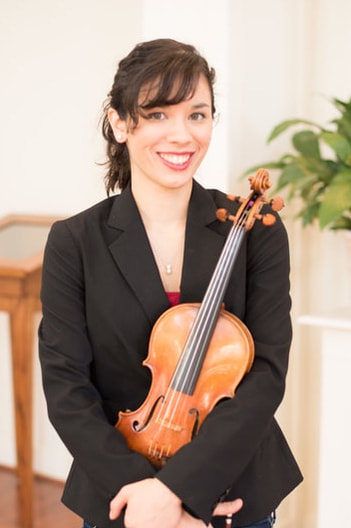I'm not going to launch into a lecture here about how violin should be the most important thing in your life. If you want to have a career in music, it is, and you should be practicing 2 - 4 hours a day by the time you're in high school. If you're taking auditions for District or Regional orchestra, you should at the minimum be practicing an hour a day. That's just what it takes. You simply won't be accepted to these orchestras or to music school if you're not practicing this much, because believe me, your competition is practicing even more.
But this post is for all the students who love music, who love playing violin, and who know that they probably are going to do something else with their careers. And to them, I say this: Even on your busiest days, you can find ten minutes for violin.
Ten minutes might seem like nothing, but you can pack in a lot of practicing into those ten minutes if you plan it right. And, believe it or not, a student who practices ten minutes every day will make more progress than a student who practices an hour one day a week. That's because when it comes to developing the skills needed to play the violin, consistent repetition is key.
I think of my former teacher Burton Kaplan who says, "Your body is a dog." He means that you need to train your body the same way you would train your dog. If we only asked our dogs to sit and stay one or two days a week, we wouldn't expect them to learn those skills, would we? Your body is the same. If you practice for an hour on Thursday, and your lesson is the following Tuesday, it's simply not realistic to expect your body and brain to remember what you worked on or to play it the way you practiced it.
Where do we find these ten magical minutes? It could be ten minutes as soon as you get home from school so you get it out of the way. It could be ten minutes right after dinner, before you start your homework. It could be ten minutes first thing in the morning. But find ten minutes. Put those ten minutes in your planner, and set an alarm on your computer or phone for five minutes before your ten minutes start so you know when it's practice time.
What do you do with those ten minutes once you find them? For a beginning student, practicing might simply consist of taking the violin out of the case, going from rest position to playing position ten times, making a bow hold ten times, and calling it a day. And the student who does that every single day will do better than the student who just does it one or two days. That process might take maybe five minutes.
For the more advanced student, who wants to learn skills like shifting and vibrato, consistency is again key. With your ten minutes, do any finger slides, wiggles - any of the little exercises your teacher has you do as you're learning these skills. As you do this, check to make sure your body is relaxed and poised and that your violin and bow position are good. Do these exercises in the mirror so you can see what's happening. After your exercises, play a scale with at least two different bowings (ask your teacher for specific directions). Then, if you have any time left over, play through your pieces.
4 minutes: Exercises in the mirror
3 minutes: Scale with two different bowings
3 minutes: Play through a piece.
And that's it! This ten-minute plan is only for your busiest days. If you can find more time, then go for it! Try it for a week and see if you notice any differences in your playing.
Remember, it's better to practice for only ten minutes than not at all. With creative scheduling and practice planning, you can really improve your violin skills. Give it a try!

 RSS Feed
RSS Feed